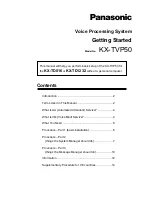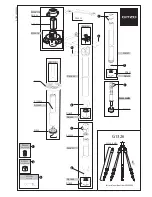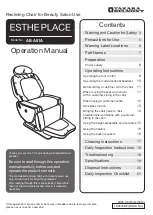
8
B-CONTROL
AUDIO
BCA2000
3. CONTROL ELEMENTS AND CONNECTIONS
The various control elements of your BCA2000 are described in this chapter. All controls and connections are explained in detail,
and there are several useful tips on their use.
3.1 Control surface
Fig. 3.1: The BCA2000s control elements
3.1.1 Input section
The
TRIM
control adjusts the level of input signals.
The
CLIP
and
SIGNAL
LEDs show the input signal level.
SIGNAL
illuminates when there is an incoming signal,
whereas
CLIP
illuminates when the level is too high and
could cause distortion. If this happens, turn the
TRIM
control
counterclockwise slightly und the
CLIP
LED no longer
illuminates.
The
+48 V
button activates phantom power for a condenser
microphone connected to the XLR input.
+
Be sure to mute your audio system before you
activate the phantom power supply to prevent
audible and potentially damaging switch-on thumps
from reaching your monitor speakers.
PAN
positions the signal in the stereo field. If the
LINE
STEREO
button
is pressed, the
PAN
control adjusts
the
BALANCE
between L and R signals in the stereo input
channel.
The 100-mm channel faders control the level of the input
signal that is routed to the A/D converter.
MIC A
and
LINE L
are the two possible positions of this
switch, which controls the input that is routed to a particular
channel. The corresponding LEDs indicate the input you
selected. If
GUITAR HI-Z
switch
is pressed, the left
MIC A/LINE L switch is deactivated.
The
GUITAR (HI-Z)
button feeds the guitar signal from the
guitar input
into the mono input channel. This button
overrides the MIC A/LINE L button
: when GUITAR
(HI-Z) is activated, MIC A or LINE L can no longer be
selected.
The
GUITAR IN (HI-Z)
input allows you to directly connect
an electric guitar or other high-impedance signal
(e.g. passive pickups of acoustic instruments).
MIC B/LINE R
is the input selection button for the stereo
input channel. Select between
MIC B
and
LINE R
(the right
line input). The corresponding LEDs indicate the selected
input.
3. CONTROL ELEMENTS AND CONNECTIONS








































